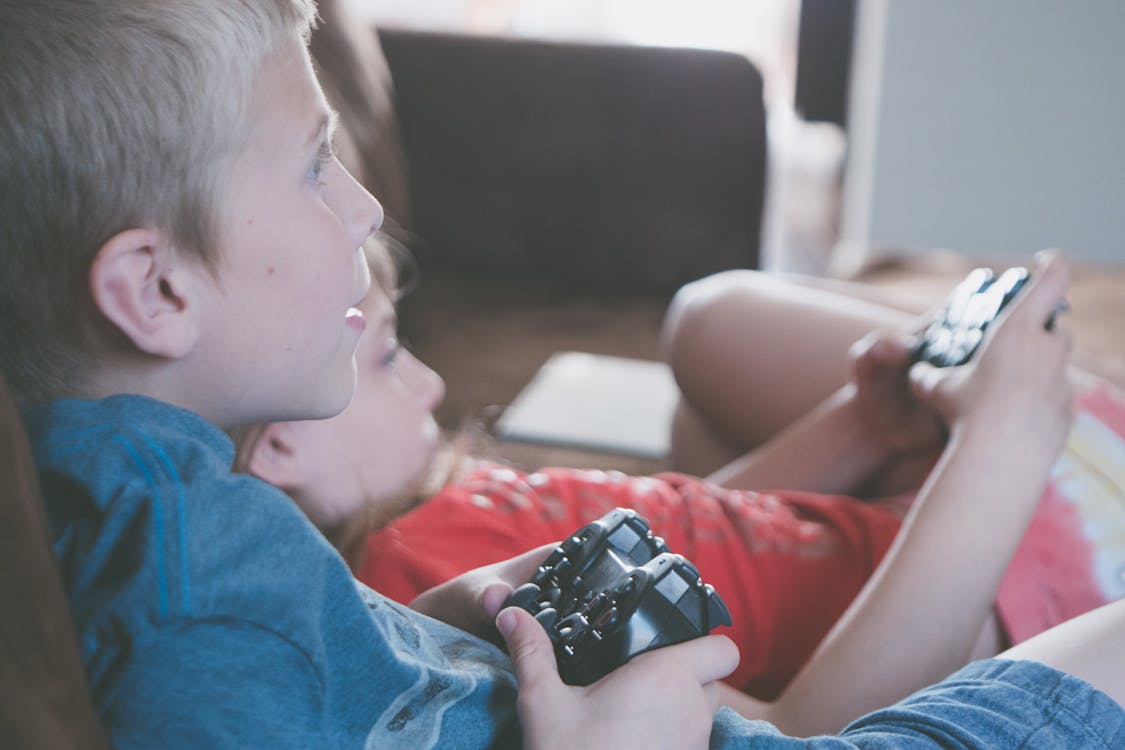Choosing a Video Game System: Which One Is Best for Kids?
In the old days, choosing a video game system for children wasn't all that hard. After all, parents didn't have to worry about games carried by systems like Atari (there was nothing threatening about Pac-Man or Space Invaders). Today, however, with the proliferation of games with mature content available on games supported by the major system manufacturers, parents want to know which system carries the most kid-friendly games, ones that the young ones will enjoy and one that parents will not regret spending money on.
Let's start with the Sony PlayStation 2, the best-selling game console on the market today. There are literally thousands of titles available for this system, which cater to every age range. There are approximately 600 games for the PS2 that have the "E" rating, meaning that it is suitable for players ages six and above. However, many of these games are too complicated for young children to play. Games that children ten years old and above can enjoy are rated E10+, while those that are rated EC (Early Childhood) are of course, suitable for the very young. The PS2 carries about a dozen E10+ games, including movie-based titles like Shrek Super Slam for PlayStation 2 and Chicken Little. EC titles that little ones can enjoy include Dora the Explorer: Journey to the Purple Planet, Eggo Mania and At the Races Presents Gallop Racer.
Nintendo's GameCube console continues to be popular because it carries titles that are popular with children. The Entertainment Software Rating Board (ESRB) lists 263 video game titles rated E for the GameCube, and these include some of the most popular and beloved among the children of today and years past, such as Sega's Sonic GEMS Collection, Nintendo's own Mario Party 6 and Mario Tennis. The Legend of Zelda series and several Pokemon titles are available exclusively on the GameCube as well.
Microsoft's Xbox and Xbox 360 video game consoles likewise have many, many titles that are rated E; the Xbox with approximately 270 games and the Xbox 360 with so far about a dozen -- but count on the number of Xbox 360 titles to increase since it's a new release. Some games published by Microsoft exclusively for the Xbox and the Xbox 360 and which have the E rating are Astropop and Feeding Frenzy. However, remember that most game publishers release crossover titles, or games that are available on multiple platforms. For instance, Eidos Interactive's LEGO Star Wars (rated E) is available for the GameCube, PS2 and Xbox; Activision's Madagascar (rated E10+) is available on the same platforms, while Global Star Software's Dora the Explorer (rated EC) is available on the PS2 and Xbox, but not on the GameCube.
What about parental control options? Among the four systems, the Xbox and the Xbox 360 have the most efficient parental lock functions. Parents are able to set limits on the games and films to be played on the systems. If you set the system to play only E-rated games, kids won't be able to play DVD's or games that have Teen, Mature, or Adults Only ratings. The GameCube also has a parental lock feature, albeit a less effective one. Users note that all it does is tone down certain effects that might be troubling for children (for example, the amount of blood seen in games) but do not block the playing of games at all. It doesn't even screen or bleep offensive language. The parental control function of the PlayStation 2 is even worse -- it doesn't allow parents or anyone to restrict access to video games at all. The most parents can do is to set the PS2 to prevent their kids from watching DVD movies with inappropriate content.
When it comes to price, the GameCube comes out tops. Available for only $99, it's significantly cheaper than the PlayStation 2 and Xbox, whose prices range from $150 to $199 (or more if bundled with game titles). The Xbox 360, being the newest of the bunch, is the highest-priced. For $299, you get the system and a wired controller. For $399, you get a wireless controller, a headset that players can use to talk to other people online, a 20 GB hard drive that is loaded with game-related videos and music, and a remote.
Parents should go out and try each system personally as well as look at the different titles available for them before deciding which one to buy. Factors such as number and age of users at home, game title availability, and budget should also be considered. Each system has its own pros and cons, and families will differ in their preferences: some will be content with the limited but popular games of the GameCube; some might prefer the wider offering of the PlayStation 2 or the Xbox; others might opt for the high-tech features of the Xbox 360. But all things considered, making the right choice will provide hours of wholesome, fun, and worry-free entertainment for the little ones and for their parents as well.
Post a Comment for "Choosing a Video Game System: Which One Is Best for Kids?"